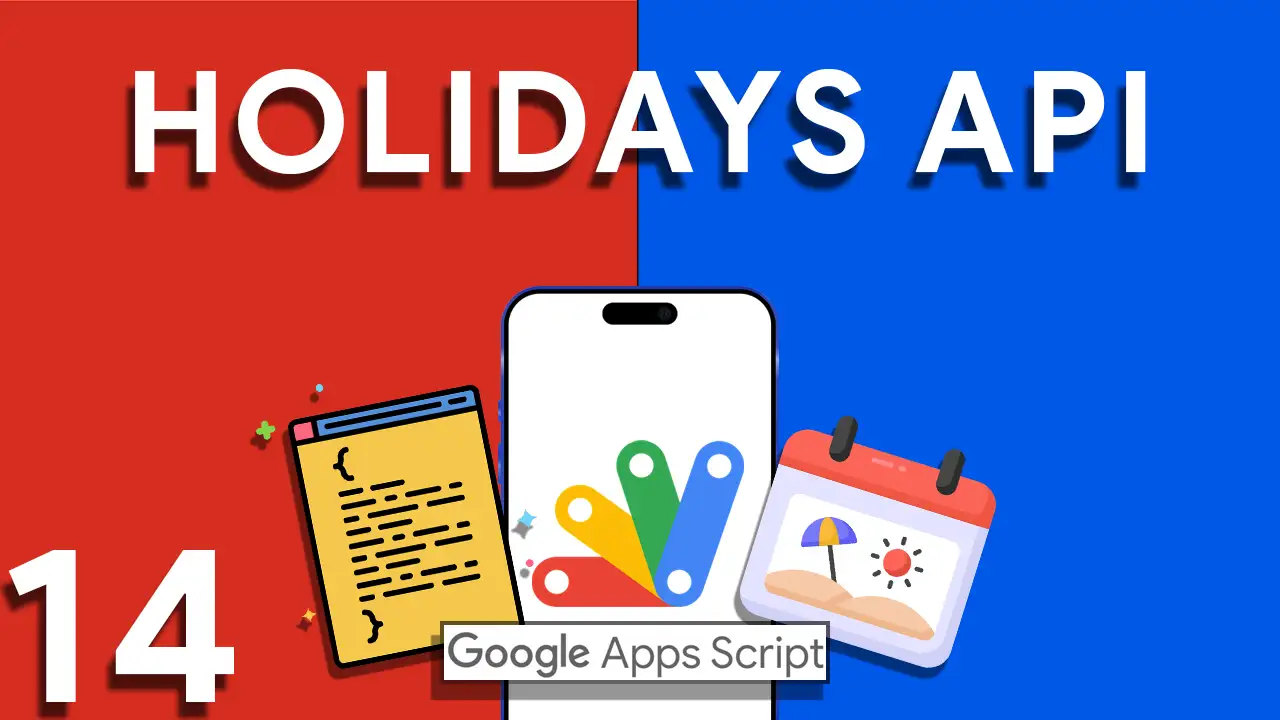Efficient data entry is crucial for maintaining accurate records and improving user experience in your AppSheet applications. One way to enhance data entry workflows is by creating tabbed forms using the “Show” data type. In this comprehensive blog post, we’ll guide you through the process of building tabbed forms in AppSheet, leveraging the “Show” data type to organize and simplify data input for your users.
Building Tabbed Forms with the “Show” Data Type
The “Show” data type in AppSheet allows you to organize and present data entry forms in a tabbed format, making it easier for users to navigate and input data efficiently.
Here’s how to create tabbed forms using this data type:
Step 1: Identify Your Data Entry Sections
- Determine the sections or categories of data that users need to input or review in your app. These could include personal information, contact details, order details, and more.
Step 2: Create the “Show” Data Type Columns
- In the AppSheet app editor, navigate to the “Data” section and select the table or data source where you want to implement tabbed forms.
- Create new columns with the “Show” data type for each section you identified in step 1. Name these columns accordingly, such as “Personal Info,” “Contact Details,” and so on.
Step 3: Configure the “Show” Data Type Columns
- Within each “Show” data type column, you can add components like text, input fields, buttons, or other relevant elements to create the content for each section.
- Customize the appearance and layout of the sections to match your app’s design and user experience.
Step 4: Organize the Tabbed Form
- Arrange the “Show” data type columns in the order you want them to appear as tabs in the tabbed form. You can set the display name of each column to represent the section it covers.
Step 5: Preview and Fine-Tune
- Preview your app to see how the tabbed form appears to users. Test the navigation between tabs and make any necessary adjustments to the layout or content.







